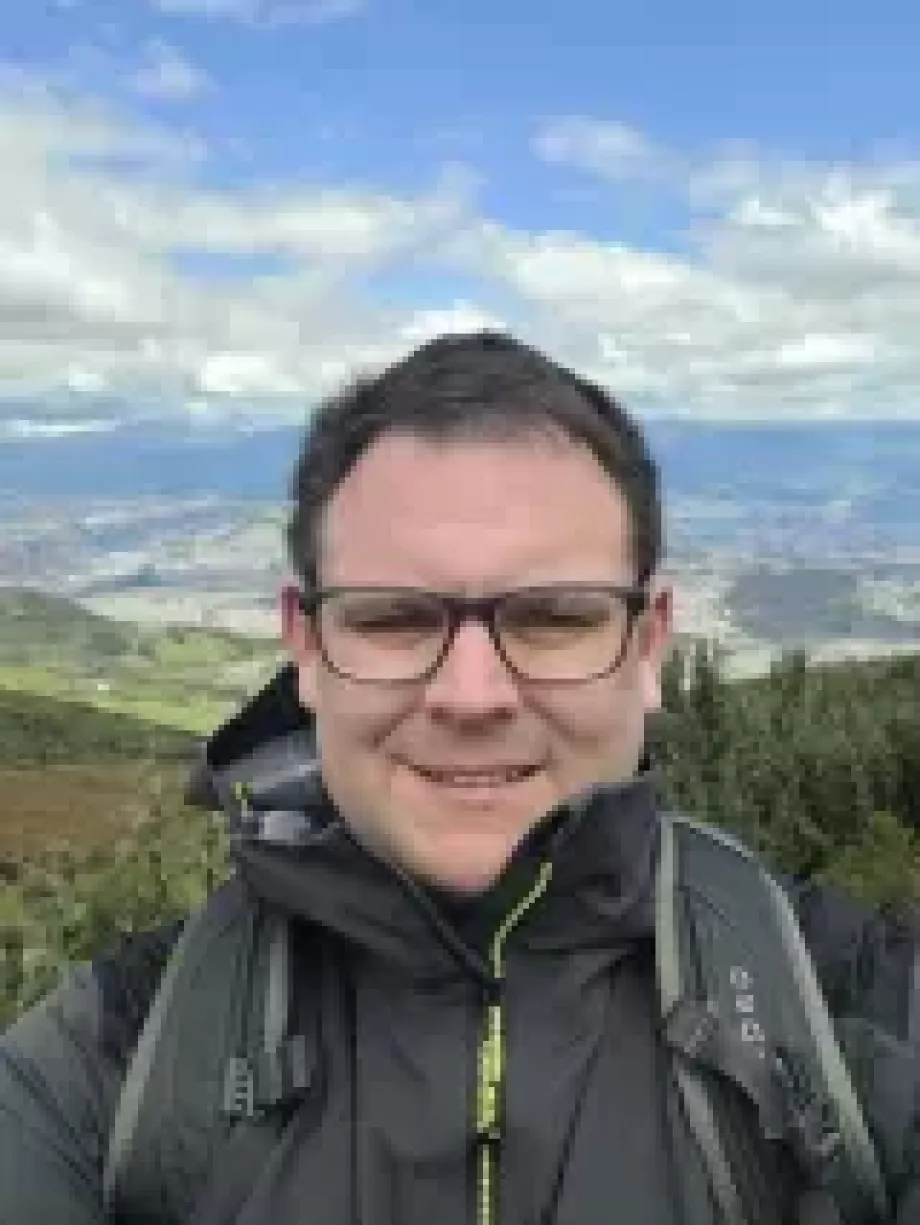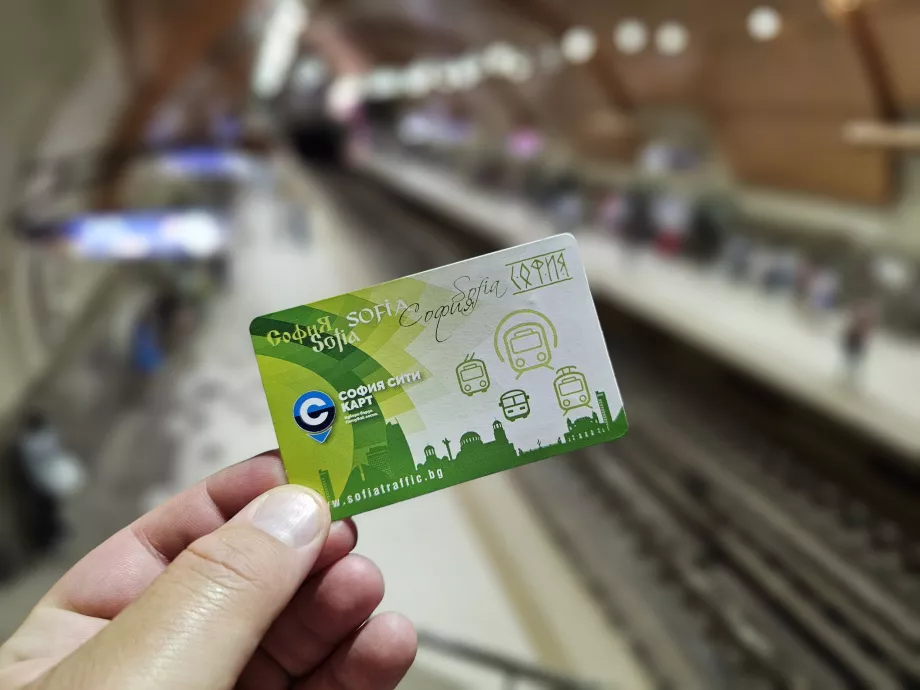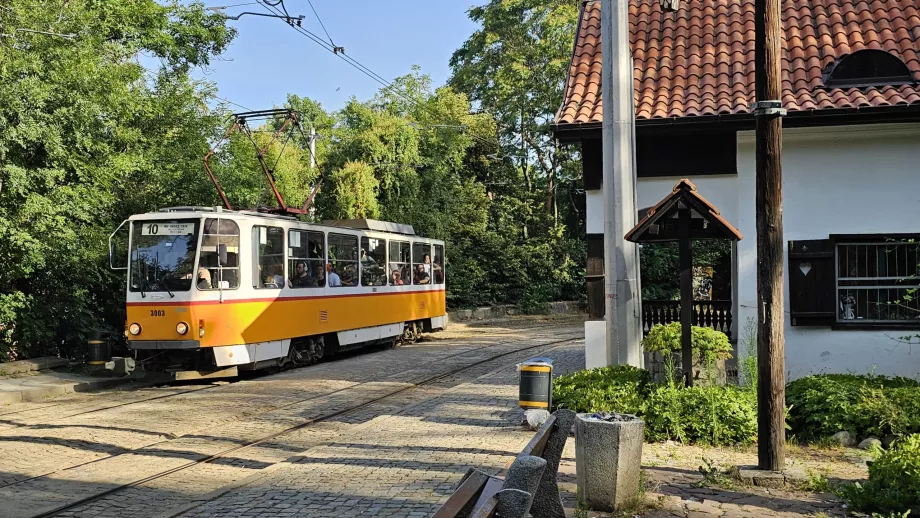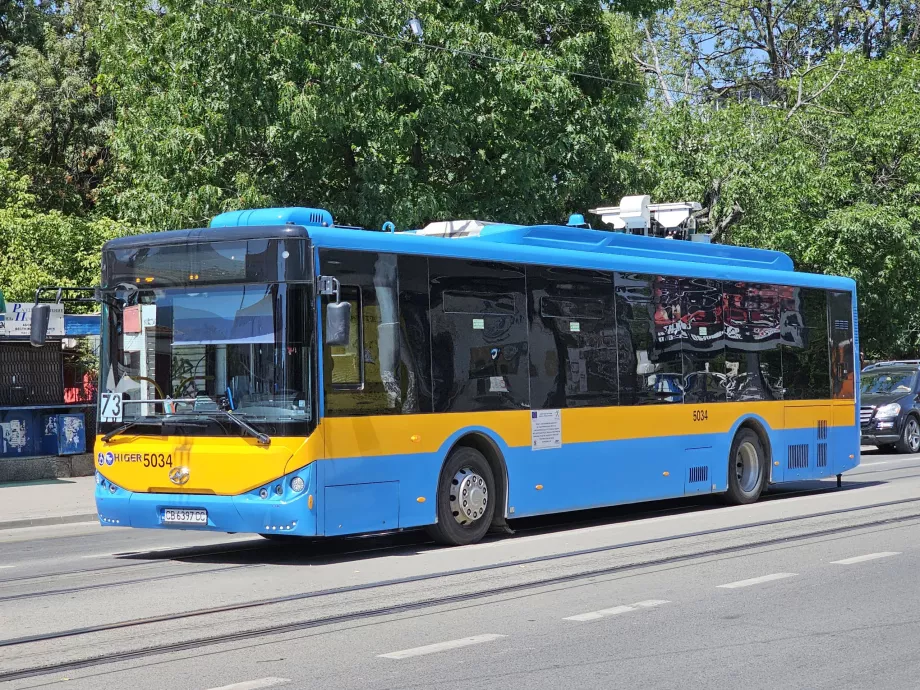Getting around Sofia

Sofia has an extensive and relatively good public transport network, with 4 metro lines and many bus, trolleybus and tram routes.
Using public transport is very safe, easy and cheap. A single ride costs 1,60 bgn and a day pass costs 4 bgn.
On foot
All of the major sights are crammed into a relatively small area of the centre, so you can easily get around them on foot in half a day.
Sofia is a very safe city, so walking is absolutely no problem in this regard. There are no dangerous neighbourhoods.
Just be patient when crossing Sofia's wide boulevards and the often very long waits at traffic lights.
Tickets for public transport
Once you want to travel outside the centre, for example to the Vitosha Mountains or to the Boyana Church, the most convenient and inexpensive way is by public transport.
Fares in Sofia are cheap and there is a "beep and go" system known around the world as Pay-As-You-Go.
The same tickets are valid on the metro, trams, city buses (including tourist lines 63 and 66 running to Vitosha) and trolleybuses. Fares without added surcharges are also valid to Sofia Airport.
Fares and where to buy
You have the choice of paying with your own contactless card or buying classic paper chip tickets.
For example, you can find the official price list on the website: metrosofia.com/en/tickets.
Short-term tickets
When using short-term tickets for 30 or 60 minutes, you can transfer freely between all means of transport. You must validate your ticket or contactless card each time you enter the vehicle or metro.
If the last validation takes place within 30 or 60 minutes of the first validation, you can complete your journey even if it exceeds 30 or 60 minutes.
A paper ticket (Sofia City Card) can be purchased from the machines in the metro station. Tickets can also be bought at the ticket counter in each station or at the transport company's kiosk, which is always marked with the letter 'C' on a blue background. Only cash can be paid at the machines and counters.
There are no vending machines at bus and tram stops, but that's okay because you can pay everywhere with your own contactless card.
| Ticket | Validity | Price | Payment method |
|---|---|---|---|
| 30 Plus | 30 minutes | 1,60 bgn | Paper ticket/Sofia City Card Own contactless card |
| 60 Plus | 60 minutes | 2,20 bgn | Paper ticket/Sofia City Card Own contactless card |
Long-term tickets
There are also 3 types of long term tickets available in Sofia.
If you pay with your own contactless card, a daily limit of 4 leva counts. The transport company deducts money from your account every time after the end of the calendar day. You must always attach your contactless card to the reader every time you board the vehicle or to the turnstile in the metro.
Day or multi-day tickets on the Sofia City Card cannot be purchased at any ticket machine, but only at manned ticket counters (every metro station and kiosks around the city marked with the letter "C"). Only cash can be paid at any time.
| Ticket | Validity | Price | Payment method |
|---|---|---|---|
| One day | 1 calendar day until 24:00 | 4 bgn | Paper ticket/Sofia City Card Own contactless card |
| 24-hour | 24 hours | 6 bgn | Paper Ticket/Sofia City Card |
| 72-hour | 72 hours | 15 bgn | Paper Ticket/Sofia City Card |
So, for example, if you arrive in Sofia in the afternoon and you know you will be using public transport a lot that day, but also tomorrow, it is worth buying a 24-hour ticket for 6 leva at the staffed counter and not using your own contactless card.
How to use tickets and contactless card?
All paper tickets have a chip inside and you just need to attach them to the validator each time.
Similarly, if you pay with your own bank card, or with your mobile phone or watch, you can always attach it to the blue validator.
Tickets/card are only used after boarding the vehicle. You do not attach the ticket to the validator when you get off the bus.
Metro
Sofia operates a network of 4 metro lines that can take you to most tourist sights, the airport and the train station.
As the metro is the most popular means of transport in Sofia, we have compiled detailed information into a separate chapter on the Sofia Metro.
Book a hotel near a metro station
Find connections and timetables
For surface transport, the practice that the same line number can be used for a bus, trolleybus and tram can be a bit confusing.
In practice, for example, the number "1" is used for a tram, bus and trolleybus line, but each runs on a completely different route.
The official connection search and timetables can be found at sofiatraffic.bg/en/public-transport.
- Trams - marked in yellow
- Buses - marked in red
- Trolleybuses - marked in blue
There are no overall maps of the line network on the official website.
Trams
There are 15 tram lines in Sofia, covering practically the whole city.
From a tourist point of view they don't have many advantages over the metro and they don't serve more sights, but if you are going to travel shorter distances, trams are a good means of transport.
Useful tram lines in Sofia are, for example:
- 1, 12, 27 - connect the main train and bus stations with the centre (Serdika).
- 3, 4, 6, 7 - connect the main train station with the western part of the centre (Vazrazhdane Square)
- 4, 5, 11 - go to the small intercity bus station Ovcha Kupel
You can board through all doors. When boarding, you attach your card or ticket to the blue reader, nothing is attached when getting off.
Trams usually run from 5:30 to 22:30. The normal interval is between 12 and 15 minutes, but on busy routes through the centre there are always several lines running together.
In Sofia you will find modern air-conditioned trams, but also very old trams without air-conditioning.
Buses and trolleybuses
An extensive network of buses serves mainly the outskirts of Sofia, and buses can also be used for trips to the Vitosha Mountains, the famous Boyana Church or the Dragalevtsi Monastery.
Trolleybuses run mainly in the southern part of the city and their routes are not very attractive from a tourist point of view.
As with the trams, the fleet varies considerably from modern air-conditioned buses to very old buses without air-conditioning.
You can board through all doors. When boarding, you attach your card or ticket to the blue reader, nothing is attached when you get off.
Useful bus lines in Sofia are for example:
- 63 - runs from Krasno selo metro station to the western slopes of the Vitosha Mountains (stop Zlatnite Mostove).
- 66 - goes from Vitosha metro station to the northern slopes of the Vitosha Mountains (stop Hotel Moreni) and also goes past Dragalevtsi Monastery
- 64 - goes to Boyana Church from Vitosha and Bul. Akad. Iv. Geshov
- 107 - goes to Boyana Church from the tram stop Ovcha Kupel
What to watch out for
Both buses and trolleybuses have the destination stop displayed on an electronic board behind the windshield.
Very often, however, the same station remains on the board throughout the day, regardless of the direction of travel. So don't be confused if the board shows the opposite direction to where you are going. There is a good chance that it is simply a mistake.
Electronic boards are displayed at the stops with the departure time and route of the line. Somewhat illogically, these boards do not only show the end stop, but also the starting station at which the bus started its route.
So, for example, if you wait at the station "Vitosha" for the line 66 in the direction of the mountains to the hotel Moreni, the electronic board will show "Zooparka - Hotel Moreni" next to the line number, because the line 66 starts its route at the station Zooparka.
Taxi
You will find a large number of yellow taxis on the streets of Sofia.
Official taxis must always run according to the meter and you can only pay in cash. However, catching a taxi directly on the street can be a problem. Taxi drivers often refuse to do shorter rides for which they earn less than 15 bgn.
It is much more secure to use one of the taxi apps.
Neither Bolt nor Uber operate in Sofia, however we would recommend two local reliable apps:
- Yellow Taxi - Google Play / App Store
- TaxiMe - Google Play / App Store
Any questions left?
If you have any questions or comments about the article...









